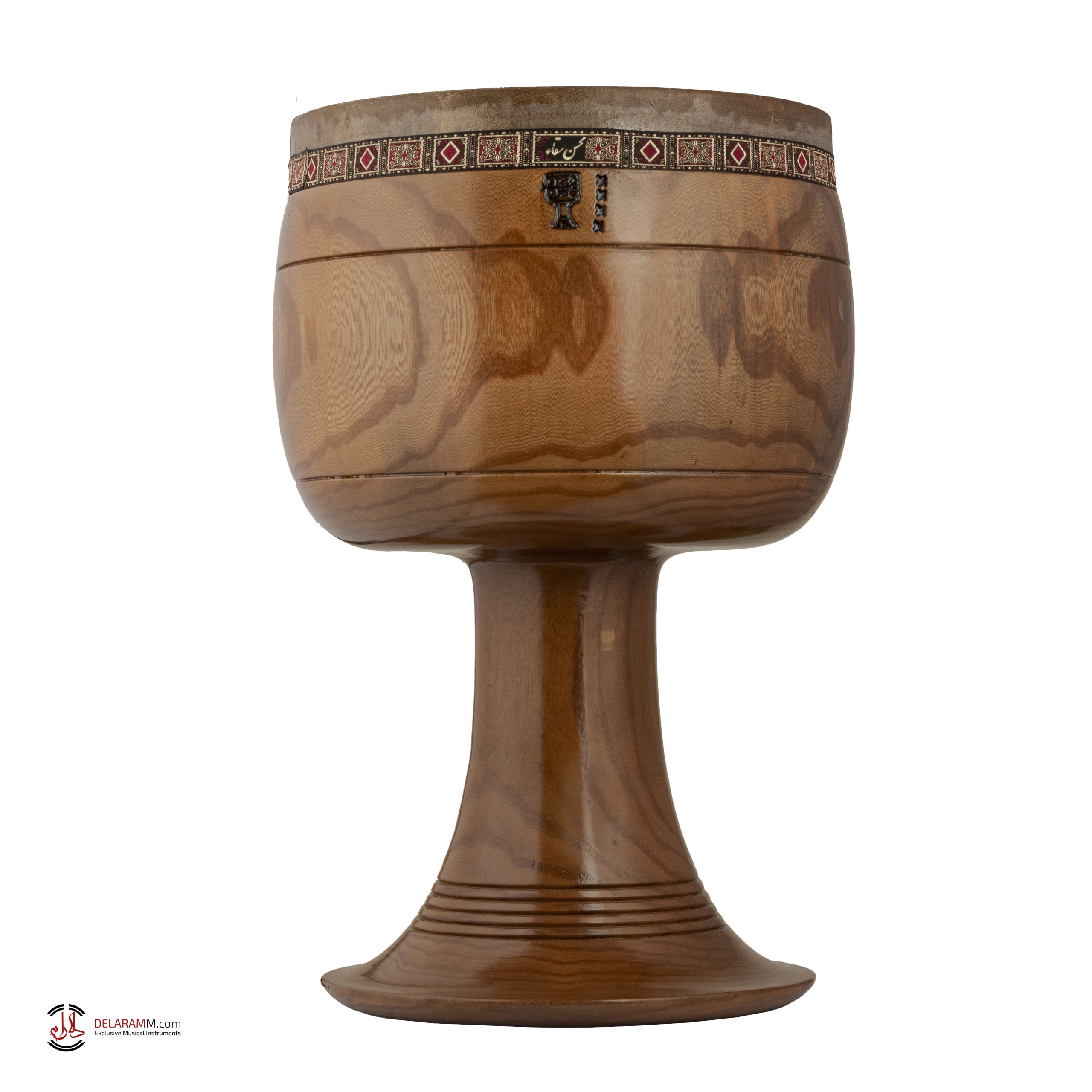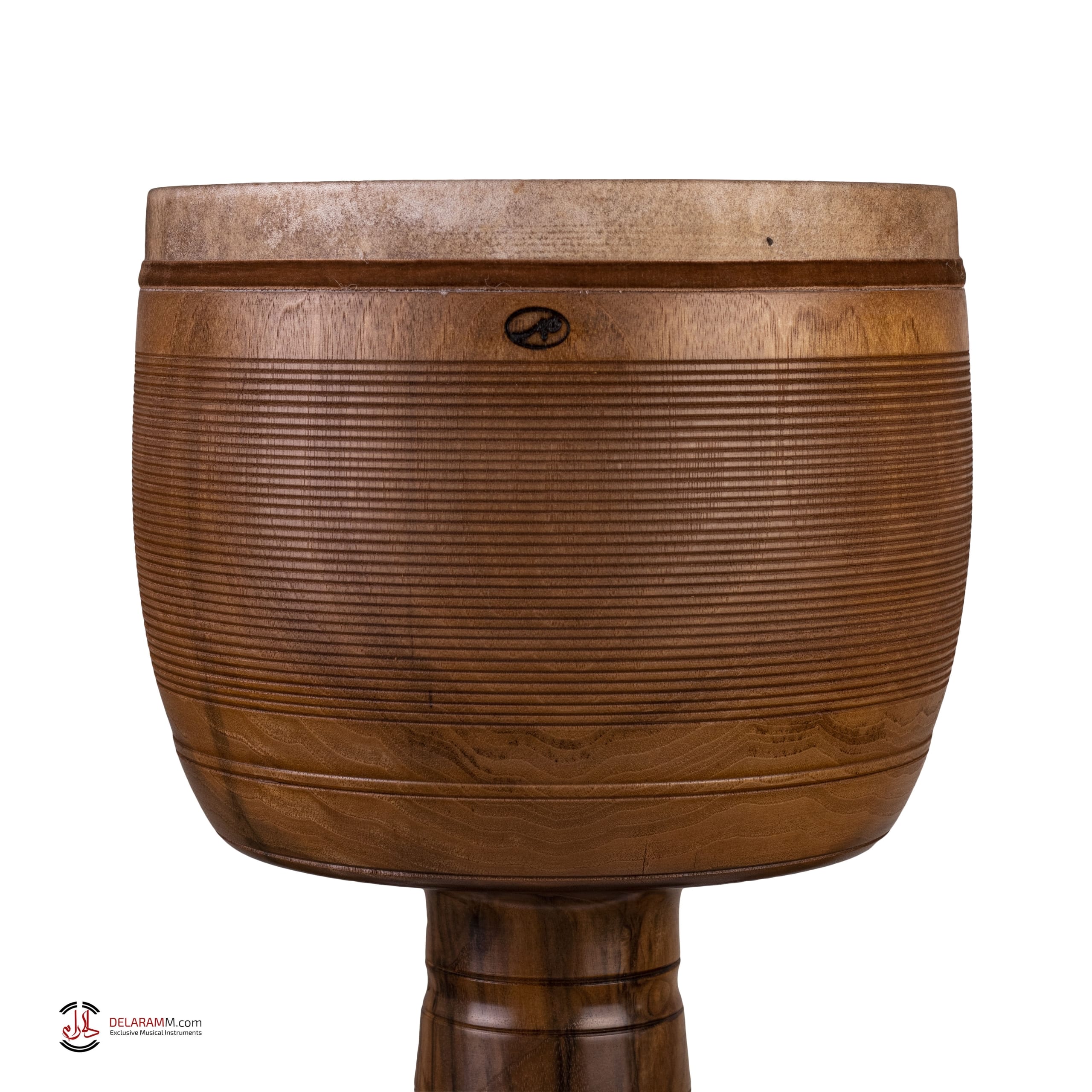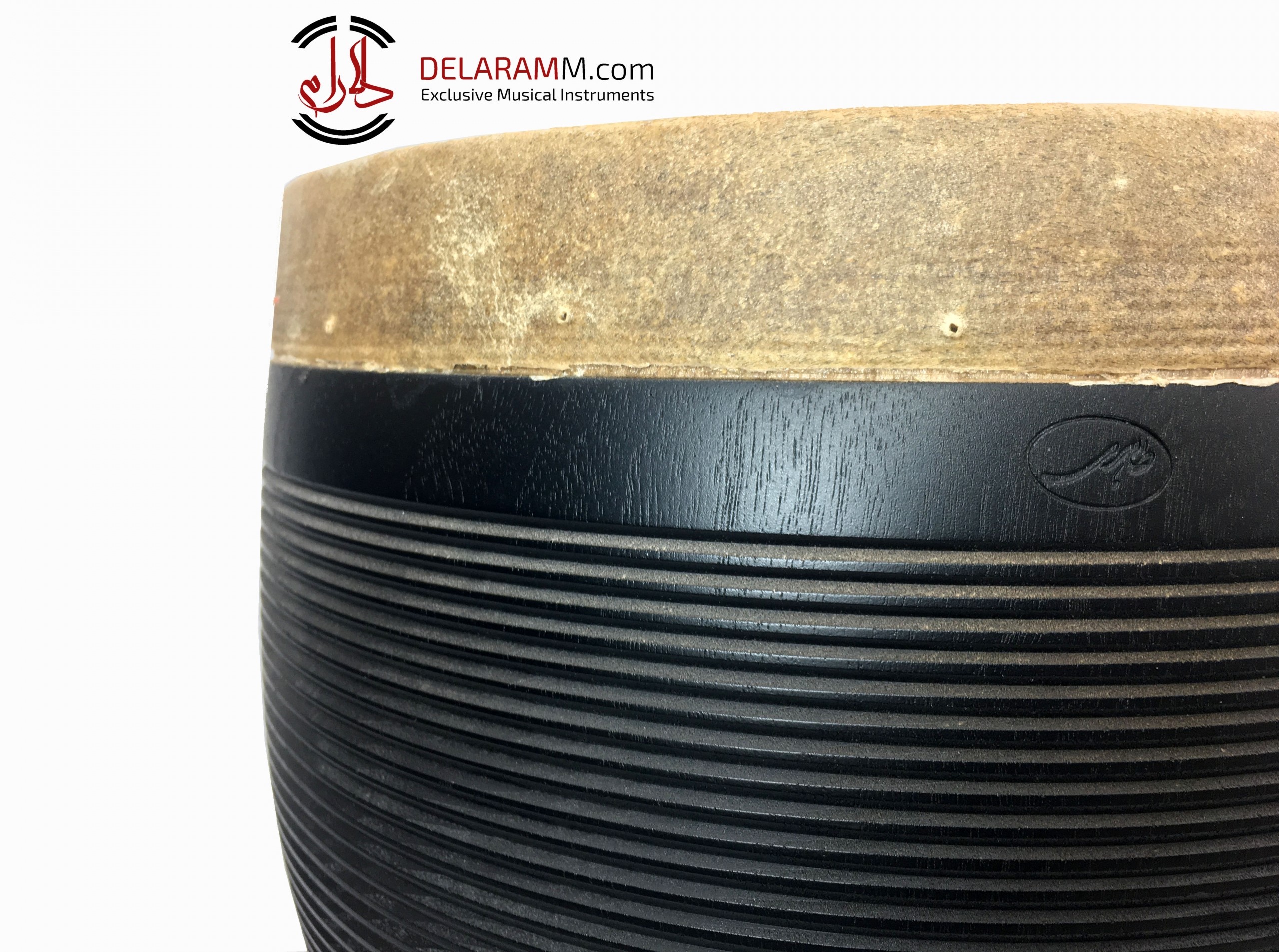Crafting the Tombak: Materials and Techniques Behind the Masterpiece
An Introduction to the Tombak
The Tombak, also known as Tonbak, is an intriguing Persian instrument, revealing the region’s cultural and historical richness. This goblet-shaped drum has played an integral role in Persian music, dating back to ancient times, creating a rhythmic foundation for musical compositions. The word “Tombak” originated from “tom” and “bak,” denoting the drum’s central and side striking points, respectively.
At delaramm.com, we provide a seamless and reliable platform for you to purchase the finest Tonbak instruments available. With our commitment to quality craftsmanship and exceptional customer service, we ensure a satisfying experience for all music enthusiasts and collectors alike.
Historical Overview of the Tombak
The origins of the Tombak can be traced back to the Parthian period, as noted by Reza Torshizi, a renowned Persian music historian. The instrument resembles the ancient lilissu, a smaller variant of the lilis drum prevalent in Mesopotamia and Central Asia. Made of clay and wood, the lilissu has close similarities with the Arabic drum, darbuka. Historical artifacts, such as Babylonian tablets and cup-shaped drums from the Bronze Age and New Stone Age, also suggest the existence of Tombak-like instruments in the past.
The modern Tombak, however, is relatively recent, with the earliest traces going back to the Qajar period. Notably, the instrument is more advanced than its predecessors, the daf, dohol, and dayreh, showcasing a complex design and versatility in sound production.
Structure of the Tombak
The Persian Tombak is a masterful blend of craftsmanship and utility. Its goblet-shaped body is carved from a single block of mulberry, walnut, bird’s tongue, pine, or any other resilient wood, offering a robust and visually appealing structure. Its drumhead is formed from animal skins such as calf, camel, sheep, or goat, stretched over the large opening of the wood block.
The structure comprises various elements, including the small opening, waist, body, large opening, and skin, all intricately put together. The Tombak is essentially divided into two cylindrical parts: the upper part, positioned forward while playing, with a diameter ranging from 25 to 30 centimeters and a length of 45 centimeters, and the lower part, a narrower cylinder with a broader end and an open mouth, serving as a weight control for the upper part.
The Craftsmanship Behind the Tombak
Crafting a Tombak is an extraordinary endeavor that unleashes an intricate fusion of expertise, inventiveness, and meticulousness, culminating in an instrument that yields an array of captivating sonic phenomena.
A. Material Curation
The initial stride in Tombak fabrication revolves around the fastidious selection of the ideal materials. Typically, a singular piece of wood, carefully sourced from tenacious trees like mulberry, walnut, bird’s tongue, or pine, forms the body of this instrument. These woods are chosen for their inherent fortitude and resilience, ensuring that the Tonbak remains structurally intact even under the duress of constant play.
Simultaneously, the choice of drumhead material bears immense significance. Animal hides, derived from creatures such as calves, camels, sheep, or goats, frequently grace the Tombak. These natural membranes are handpicked for their durability and their capability to impart a distinctive timbre to the instrument.
B. Sculpting the Form
Once the wood is procured, it undergoes a meticulous process of carving, skillfully transforming it into a goblet-like shape. This artistic feat necessitates dexterous hands as the artisan carves out the body, meticulously hollowing it to achieve optimum resonance. Two key sections take shape during this process: a broader upper part to accommodate the drumhead and a narrower lower portion that culminates in an open mouth.
C. Preparing and Affixing the Drumhead
With the wooden structure completed, attention turns toward the drumhead. The chosen animal hide undergoes meticulous treatment and preparation, often involving soaking and stretching to attain the desired texture and tension. Subsequently, it is meticulously stretched over the wider opening of the wooden body and firmly secured, employing adhesives or tucking techniques to form a taut seal. Maintaining precise tension on the skin is crucial for achieving the desired sound.
D. Embellishments and Exquisite Finishes
In its final stages, the Tombak undergoes a transformation adorned with intricate designs and patterns, embodying both individual aesthetics and cultural motifs. These embellishments transcend superficial ornamentation, acting as symbols of the instrument’s prestige and artistic value.
Tombak’s Family Instruments and Variations
The Tombak doubles as a musical instrument and an art piece. Renowned makers like Helmi, Hemati, and Shirani create visually striking Tombaks with knotted or marbled woods. These instruments, cherished by musicians and collectors alike, symbolize Persian artistry.
Variations of the Tombak include:
- Zarb-e Zurkhane: Used in sports arenas.
- Timpo and Zirbaghali: Regional variants with distinct playing styles.
| Feature | Tombak | Darbuka (Arabic) | Zirbaghali (Afghani) |
|---|---|---|---|
| Material | Wood, animal hide | Clay, metal, animal hide | Wood, metal, animal hide |
| Shape | Goblet-shaped, open base | Goblet-shaped, sealed base | Goblet-shaped, open base |
| Cultural Context | Persian music, sports | Middle Eastern music | Afghan folk music |
| Playstyle | Fingertips and palms | Fingertips, slaps | Fingertips and palms |
| Decorative Features | Intricate carvings | Simple designs | Minimal adornments |
Significance and Influence of the Tombak
The Tombak’s distinct shape and playing style suggests its origin to be purely Iranian. Despite differences in structure and playstyle, instruments like the Afghani zirbaghali, and the timpo, played in southern Iran and some Arabic countries, share similarities with the Tonbak.
The Tonbak, along with its associated family instruments, encapsulates the depth of Iranian cultural and musical heritage. As this percussive instrument continues to evolve, it carries forward the rhythm and soul of thousands of years of Persian music, a testament to its timeless appeal and cultural significance.
Artistic Value and Decoration of the Tombak
Aside from its musical qualities, the Tombak holds a significant position as a work of art. Notably, the instrument undergoes a process of decoration, investing both time and resources to enhance its visual appeal. These decorated Tombaks serve a dual purpose – while some are preserved as artworks, others are used by famous musicians. Renowned Tonbak makers such as Helmi, Hemati, Shirani, and Jozani are known for creating such exquisite pieces, with the instrument often being crafted from highly-figured, knotted, or marbled wood for a striking aesthetic effect.
The Tombak in Contemporary Music
In modern times, the Tombak has not been confined to traditional Persian music but has found its place in other genres as well. The instrument’s rhythmic versatility has allowed it to seamlessly integrate into the contemporary music scene. Particularly in the music of Lorestan and light music or “motrebi” music, the Tombak plays a crucial role, providing a rhythmic backbone that drives the composition.
Moreover, the Tombak’s influence is not just limited to Iran. It has crossed borders and become a part of global music. As Persian music continues to inspire musicians worldwide, the Tonbak has emerged as a symbol of Persian rhythmic tradition, embodying a musical lineage that has survived and evolved over thousands of years.
Conclusion
In essence, the Tombak represents a rich tapestry of Persian music and culture, weaving together the threads of history, artistry, and tradition. Its construction from a single piece of resilient wood, coupled with its sophisticated shape and rhythmic versatility, reflects not only the craftsmanship of its makers but also the intricate layers of Persian culture. As the Tonbak continues to evolve and resonate with the beat of modern music, it remains a symbol of the enduring legacy of Persian rhythmic tradition, carrying the melodies of the past into the future. Its existence and continued use in contemporary music are a testament to its timeless appeal and profound cultural significance. Whether it is played in an Iranian traditional sports arena or heard in a modern musical ensemble, the Tombak will continue to beat, preserving the rhythm of a culture that has been alive for thousands of years.
FAQ: Exploring the Tombak
1. What does “Tombak” mean?
The name “Tombak” derives from the sounds “tom” and “bak,” representing the drum’s central and side striking points, which are fundamental to its rhythmic playing style.
2. What is a Tombak made of?
The Tombak is typically made from a single piece of durable wood, such as mulberry, walnut, or pine. Its drumhead is crafted from animal skins, including calf, camel, sheep, or goat hides, ensuring rich and resonant sound production.
3. What instrument classification is a Tombak?
The Tombak belongs to the membranophone family of instruments. It produces sound through the vibration of a stretched membrane when struck.
4. Is it Tonbak or Tombak?
Both spellings, “Tonbak” and “Tombak,” refer to the same instrument. The choice of spelling varies by region and preference, with “Tombak” being more common in English.
5. What is the difference between a Tombak and a Darbuka?
While both are goblet drums, the Tombak originates from Persia and features a wooden body with a skin drumhead. The Darbuka, on the other hand, is common in Middle Eastern and North African music, often made from metal or ceramic, and has a thinner drumhead, producing sharper, higher-pitched tones.





